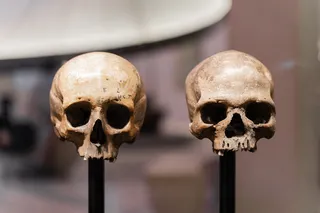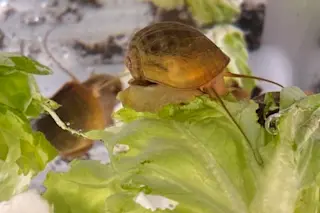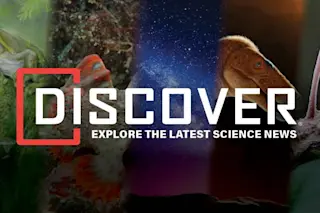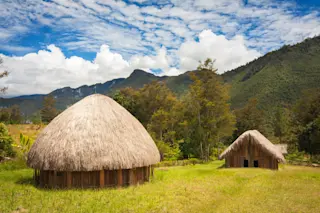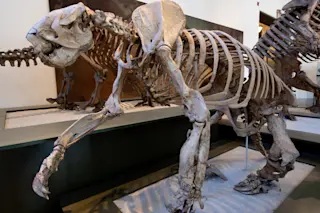Thanks to the efforts of geneticists the story of the extinction of the Spanish Habsburgs is now well known. They are in short a case study in the disastrous consequences of an inbred pedigree. The downsides of inbreeding are to some extent intuitively understood by all, especially consanguineous relations between first order relatives. Though I'm willing to bet that all things equal inbred individuals are not as attractive or intelligent as outbred individuals, the literature in this area for humans is surprisingly thin. A major problem is controlling for confounds; all things are often not equal (e.g., imagine if inbreeding is more common in marginal isolated communities, which is often true in the West. See Consanguinity, Inbreeding, and Genetic Drift in Italy, where it is obvious that the less developed areas of Italy had elevated rates of marriage between relatives despite Catholic discouragement of the practice). But the case that ...
The inbred lineage you can improve
Explore the significant consequences of inbreeding, including the rise of debilitating recessive diseases and their genetic impact.

Newsletter
Sign up for our email newsletter for the latest science news
More on Discover
Stay Curious
SubscribeTo The Magazine
Save up to 40% off the cover price when you subscribe to Discover magazine.
Subscribe

